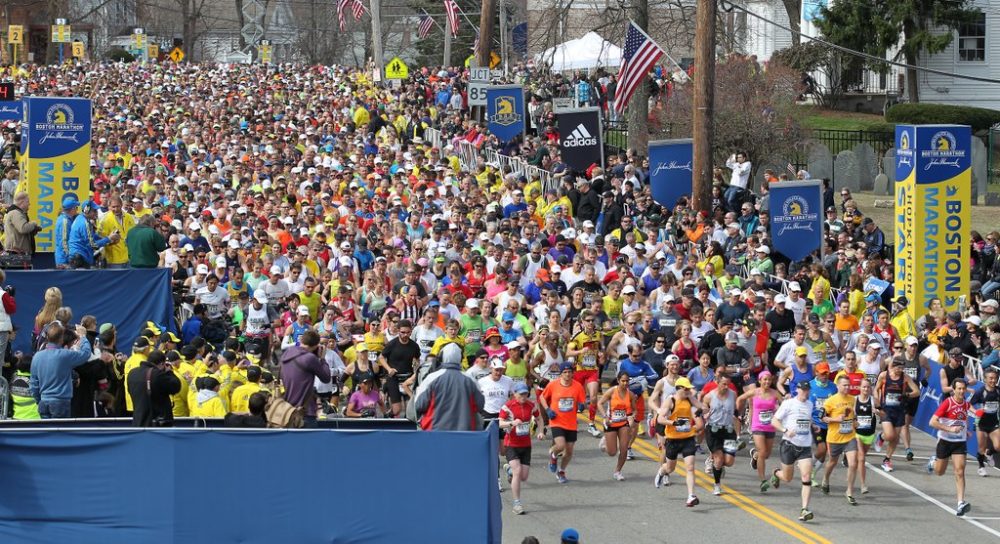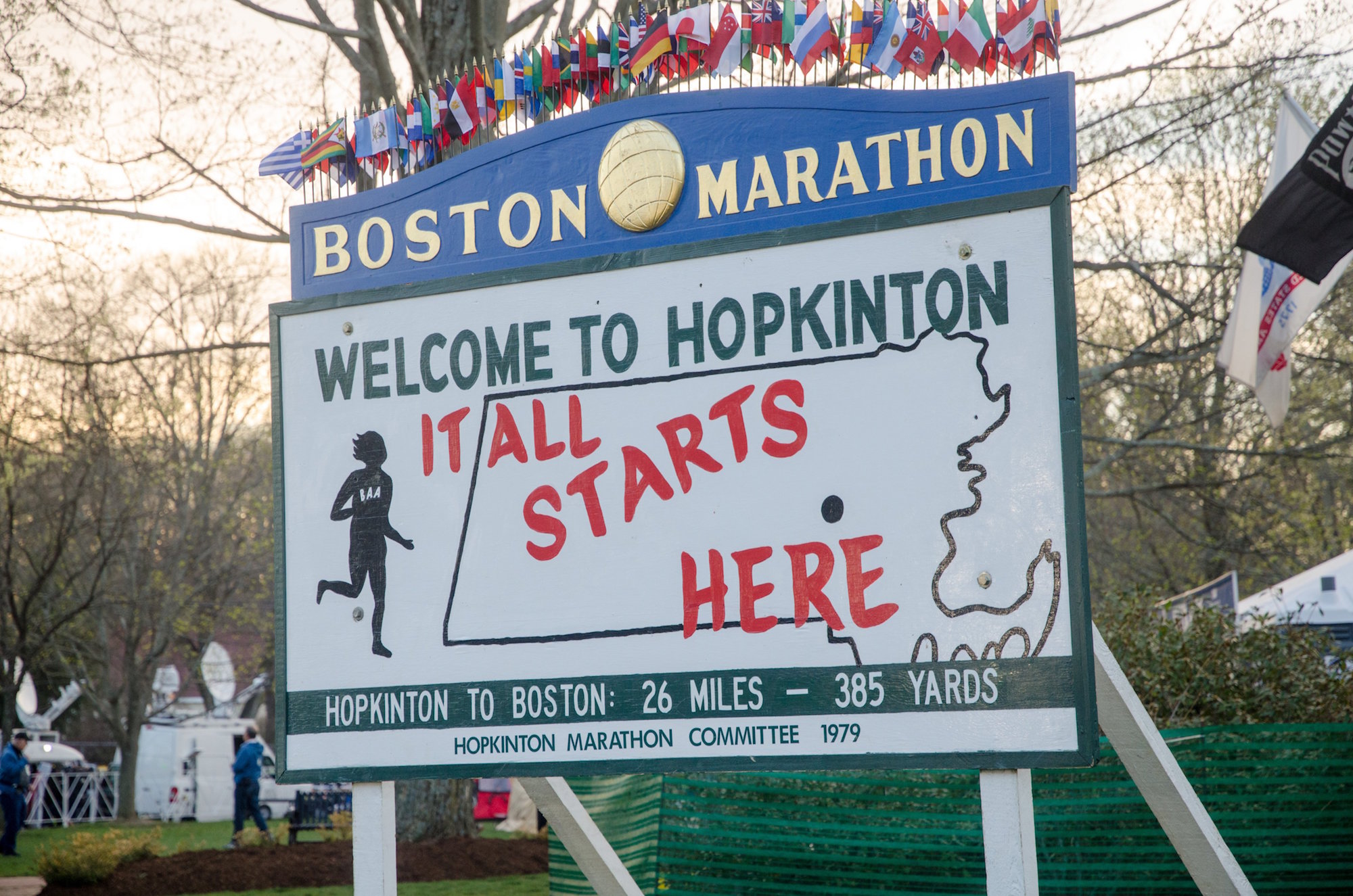Training for Boston? Don’t miss these 4 important workouts
These sessions will prepare you for the specific demands of the Boston Marathon course

The Boston Marathon is only three months away, and if you qualified for the storied race, your training has likely already begun. The journey from Hopkinton to Copley is challenging, and runners who hope to perform well on April 18th will need to train for the specific demands of the race. Make sure your training contains these four key workouts so you’ll be ready to tackle the course this spring.

Hilly long runs
The long run is already arguably the most important part of marathon training, and doing your long runs on hilly terrain will prepare you for the hills of Boston better than doing a large volume of hill repeats. This will prepare your legs to handle hills when they’re already tired, and give you a chance to practice staying steady and adjusting your pace and effort throughout your run, the same way you would during the race.
Uphill/downhill workouts

That being said, there still is a place for specific hill workouts in your Boston Marathon training. Instead of doing a regular hill workout, in which you run hard up a hill and jog or walk down as your rest, you’re going to run up and down the hill continuously, without any rest. This will get your legs ready to handle the famous Newton hills. Here is an example of a workout the B.A.A. uses to get their runners ready for the demands of the race:
- After a warmup, do a two-mile tempo on a long, gradual uphill.
- Run up and down a long (800m-1 km), moderate hill, with no rest between repeats
- After a few minutes of easy jogging, do another two-mile tempo, this time on a long, gradual downhill.
- Cool down
Downhill speedwork
It’s really important that runners prepare their legs to handle the stress that comes with lots of downhill running when training for the Boston Marathon. To do this, runners should perform some of their speedwork on downhill terrain. If you have a long, gradual downhill nearby, use that to do kilometre or mile repeats, and if you don’t, consider hopping on a treadmill with a decline. To avoid injuries, rather than crank up the speed (as you may want to do when running on a decline), keep your pace controlled but shorten the rest to increase the challenge.
Long tempos on varied terrain

Long tempos are important in any marathon training program, but when you’re training for the Boston Marathon, it’s important to run them on a course with some rolling hills. This doesn’t mean you have to do the entire thing on rolling hills, but having a few challenging segments will allow you to practice controlling your effort on uphills, using the downhills and getting back on pace once you’ve reached the top of a hill. An example could be a 2 x 8 km tempo, where the first half is run on a relatively flat course, and the second half is run on rolling hills.


